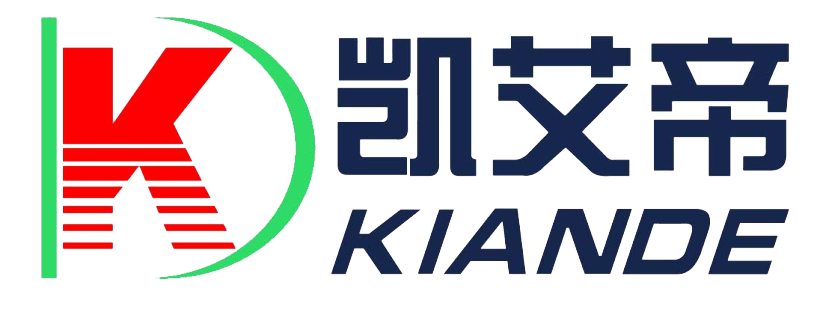
Brief introduction of various busbar bending machines
Busbar bending systems are produced to facilitate the bending of busbars by switchboard and switchgear manufacturers; these systems are available in four types.
1 - Manual busbar bending tools.
2-Hydraulic busbar bending tools.
3-Simple hydraulic busbar bending machine.
4-Professional busbar bending machines.
In the manual tool, the operator bends the busbar with the force of his hand, only for small busbar sizes, can turn the busbar on a normal axis, can be measured with the operator's eyes, repeatability, and correctness depend on the operator's skill.
In hydraulic busbar bending tools, we require a certain level of precision and repeatability, but the operator needs a low level of force to do the job. This type is suitable for houses and premises where electricity is not available and for small jobs.
Simple hydraulic busbar bending machines are a good choice for small shops or factories that need to turn busbars on a normal axis. A mechanical or digital angel indicator measures the angle. The operator should consider and compensate for this defect during the bending process.
Professional bus bar bending machines are available for professional manufacturers. The bending head has two bendable plates to prevent damage to the busbar surface after bending. With a highly technical angle measuring system, which calculates the bounce (bounce compensation system), the final bend is adapted to the necessary angle with high precision. So in switchgearsgeowy we are confronted with all types of bending requirements and this machine should respond to most of them.
Edge bending dies.
In switchgear, sometimes designers need to bend busbars from the edge, especially in electrical keys where they need more space for connections, and edge bending gives them plenty of room. Edge bending dies are a good solution and can be fitted to specialist busbar bends. Who should maintain the two main surfaces of the busbar to prevent the surfaces from bulging?
Step moldings.
In some cases, the designer needs to make two closed bends in the bus bar, which is impossible with a standard head. In such cases, the step die can complete two turns in one step with excellent results.
Twisted bending dies.
In some cases, the busbars are not connected in the same direction, and the operator mainly needs to use several busbars. Therefore, by twisting the die, the busbars can be turned to a certain extent.
Dies for short-legged busbars.
This die allows the operator to bend the end of the busbar.
Want to know more about the product
Suzhou Kiande Electric Co.,Ltd.
Tel:+86 512 62994177
Phone:+86 18115561910
Fax:+86 512 62764177
E-mail:cy@busabrequipment.com
Skype:yi_tina1
WhatsApp:+8615962150889
Add:No. 123 Suzhou Dadao East Road, SIP, Suzhou City, Jiangsu Province, China